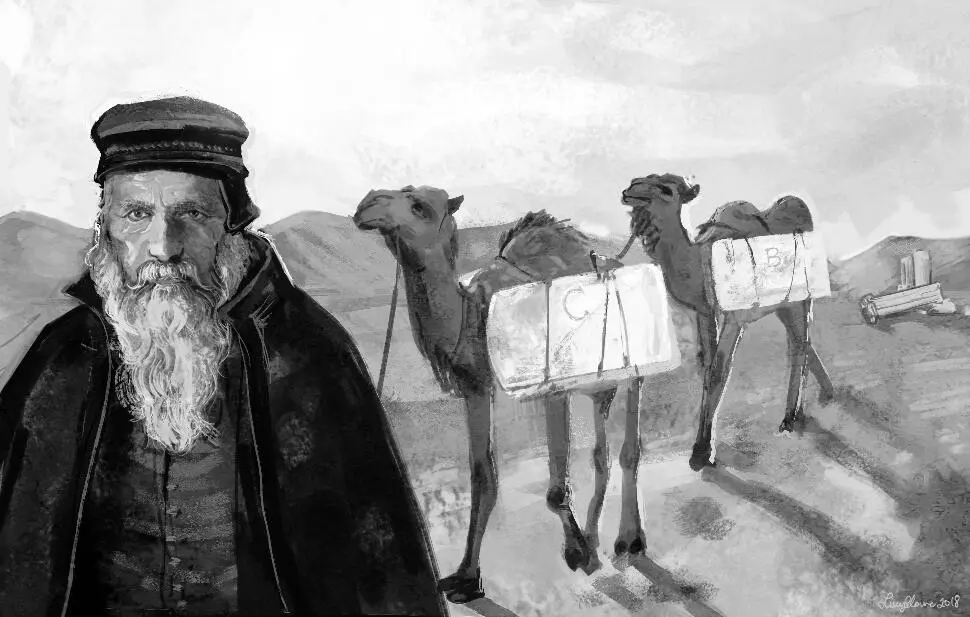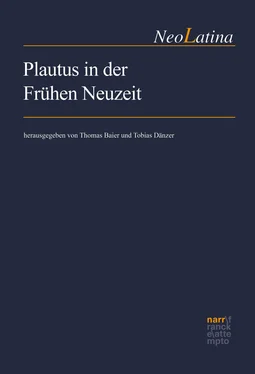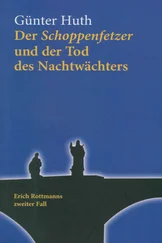1 ...7 8 9 11 12 13 ...31 “ Insulso cuique relegendo illos aperuit
Veteres vectores (nactus quos fuerat prior7)
Salis, salvomque ad nos DetulIt caMeLarIus.”
In 1552 CamerariusCamerarius d.Ä., Joachim published an epoch-making edition of Plautus’ comedies in Basel (reprinted there in 1558); later scholars heaped praised on him for “healing” the text of Plautus.1 If you read a standard account of the salt road CamerariusCamerarius d.Ä., Joachim traversed to earn this praise, it goes like this2:
With the decline of Rome in the West, the majority of Plautus’ comedies were not recopied and eventually forgotten. For a thousand years nothing changed until, in 1428 or 1429, the German monk Nicholas of CusaKues, Nicolaus von (1401–1464), known as Cusanus, lit a stick of dynamite, threw it into Italy, and sparked the Renaissance.
Not real dynamite, of course, but a one-humped “camel.” In 1428, Cusanus had found a manuscript in Trier that contained twelve of Plautus’ lost plays (viz. Bacchides Bacchides + Epidicus Epidicus to Truculentus Truculentus). He took it to Rome and gave or sold it to Cardinal Giordano OrsiniOrsini, Giordano (Kardinal) (1360/70–1438). Today that camel is called the codex Ursinianus , abbreviated manuscript D (Vaticanus Latinus 3870). Four decades later, the Venetian professor Giorgio MerulaMerula, Giorgio (c. 1430–1494) made it the basis for creating the first complete printed edition of Plautus; he published it in Venice in 1472. Others soon pirated MerulaMerula, Giorgio’s text, and it thus became the first vulgate.
Back in Germany, Joachim CamerariusCamerarius d.Ä., Joachim was born in 1500 in Bamberg. In 1513, he began studying Plautus at Leipzig University with a charismatic professor and Plautophile named Veit (i.e. Vito) WerlerWerler, Veit (1480s – after 1536).3 In 1530, CamerariusCamerarius d.Ä., Joachim published two comedies in Nuremberg, Menaechmi Menaechmi and Mostellaria Mostellaria, that he had reedited on the basis of new manuscript sources. A decade later, he published two more partial editions in Leipzig, one in 1545 and the other in 1549. In 1552, CamerariusCamerarius d.Ä., Joachim finally published in Basel his epoch-making, complete edition of all of Plautus’ 20 comedies. In 1558, he published a corrected reprint that became the second vulgate; it remained the basis of every subsequent edition for the next 250 years.
In Milan in 1815, Cardinal Angelo Mai (1782–1854) stumbled on a new manuscript of Plautus, the Ambrosian Palimpsest, that warranted a radical new edition of Plautus.4 That manuscript is tremendously important, but I won’t mention it again in this paper.
What made that second vulgate so special and enduring? The answer is that CamerariusCamerarius d.Ä., Joachim based it on two valuable but previously unknown camels, known today as the Codex Vetus (B) and the Codex Decurtatus (C). To prevent information overload, I commissioned an allegory to help tell them apart.

The Allegory of the CamerariusCamerarius d.Ä., Joachim Camelarius, by Lucy Plowe (2017). Note the weariness on his face.
3. The Camels Described and Distinguished; Their Fate
In the painting, the Vetus (B) is a Bactrian camel. It has two humps to symbolize the full 20 comedies of Plautus that it carries. Those comedies are depicted as slabs of salt that, by a nice coincidence, look like early modern folio editions. The other camel, C, the Decurtatus, is a dromedary. It has only one hump, to remind readers that it contains only the later 12 comedies ( Bacchides Bacchides + Epidicus Epidicus– Truculentus Truculentus).
We know CamerariusCamerarius d.Ä., Joachim had these two camels because upon his death in 1574, they were found among his belongings. His sons JoachimCamerarius d.J., Joachim Jr. and PhilipCamerarius, Philip received them as a bequest, and for a time they let other scholars use them.1 In 1598, the boys sold them both to the elector Frederick IVFriedrich IV. von der Pfalz for his Palatine Library in Heidelberg, Germany (it is not to be confused with the Palatine hill in Rome). Frederick (1574–1610) paid them 26.10 coronati , and it is probably not a coincidence that a few months later, he appointed Joachim Jr.’s son, LudwigCamerarius, Ludwig, as his advisor ( consiliarius ).2
The man who prompted Frederick to buy the manuscripts was Janus GruterGruter, Jan (1560–1627), head of the Palatine Library. GruterGruter, Jan saw their extraordinary value for Plautine scholarship, and in time he used them to produce his own important edition (Wittenberg, 1621). Meanwhile, other editors came to Heidelberg to consult the camels, among them Friedrich TaubmannTaubmann, Friedrich (1565–1613), J. P. PareusPareus, Johann Philipp (1576–1648), and possibly Claude Salmasius (1588–1653).
PareusPareus, Johann Philipp is to blame for giving the camels their misleading nicknames Vetus (old) and Decurtatus (shortened or mutilated).3 I say “misleading” because the Decurtatus is no more “shortened” or “mutilated” than a one-humped camel is; it was never complete to begin with:
Tubera habet duo Bactrius, at dromedarius unum;
dic tamen, umquamne hi Csemicamelus erit?
Even worse, the Decurtatus is older than the Vetus. According to Karl Zangemeister (1837–1902), GruterGruter, Jan’s eventual successor as head of the Palatine Library, the Vetus dates to the 11 thcentury but the Decurtatus dates a bit earlier, to 10 th/11 thcentury. A 17 th-century cataloguer in the Vatican Library described the Vetus as antiquus but the Decurtatus as antiquissimus .4
As noted in the argumentum above, in 1622 the Vatican librarian Leo Allatius Allatius, Leo(1586–1669) transported both manuscripts and many others from the Palatine Library over the Alps, tearing off their bindings to reduce weight and allegedly on horse- or muleback for part of the way, and deposited them in the Vatican Library, where they were rebound.5 The Vetus is there still. In 1797 the Decurtatus was taken to Paris, and in 1816 the Pope donated it to Heidelberg University Library, where it now resides.6
Both camels are good witnesses to the true text.7 Given their value, it is an abiding mystery why – as I shall discuss in a moment – CamerariusCamerarius d.Ä., Joachim used the Vetus extensively in preparing his 1552 edition, but barely used the Decurtatus at all. Equally mysterious is how he obtained it. Since these mysteries stand in stark contrast to what we know of the Vetus, it is worth reviewing CamerariusCamerarius d.Ä., Joachim’ claims about both manuscripts here.
CamerariusCamerarius d.Ä., Joachim’ 1552 edition begins with a preface explaining why his new text of Plautus is important:1
Adminicula quaedam habuimus duorum librorum veterum quidem illorum sed quos librariorum inscitia et futilitas foede depravasset. Horum alteram nacti fuimus de bibliotheca praestantis dignitate et doctrina viri Viti Werleri Franci, cui pleraque debemus eorum quae a nobis fuerunt correcta.
Georgii autem Fabricii candor eximius et benevolentia summa erga nos, de incredibili studio diligentiae suae, communicavit nobiscum nuper suum quoque librum, in quem congesserat quicquid perquirere legendo potuit, quod ad Plautinarum fabularum tam emendationem quam explicationem aliquid momenti haberet.
Читать дальше













